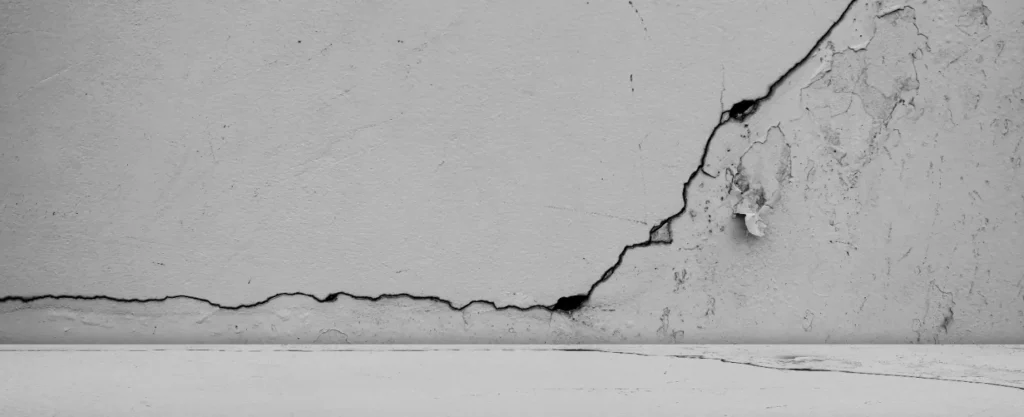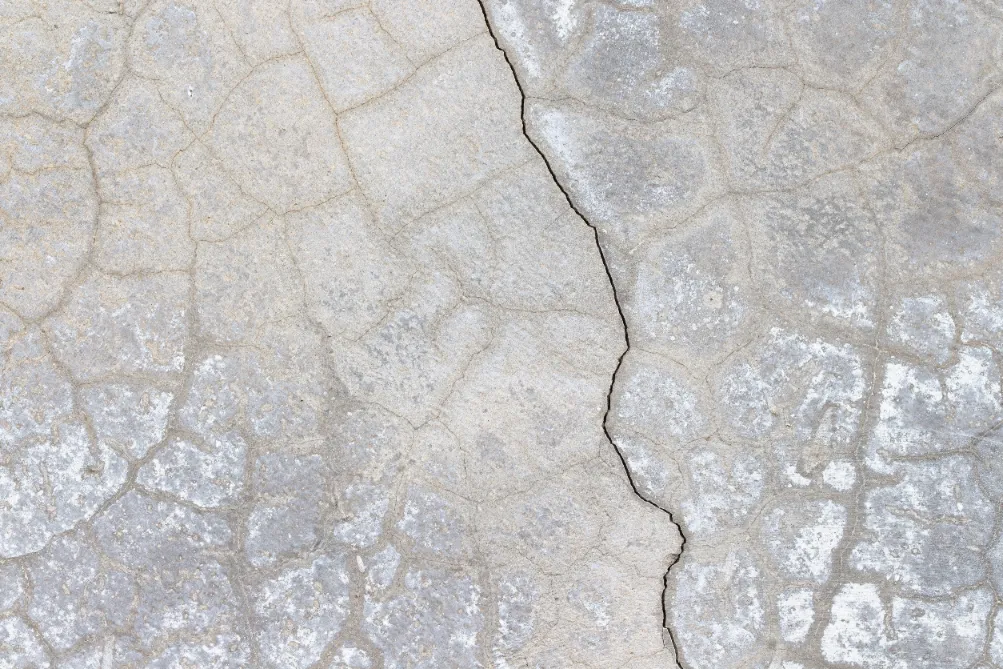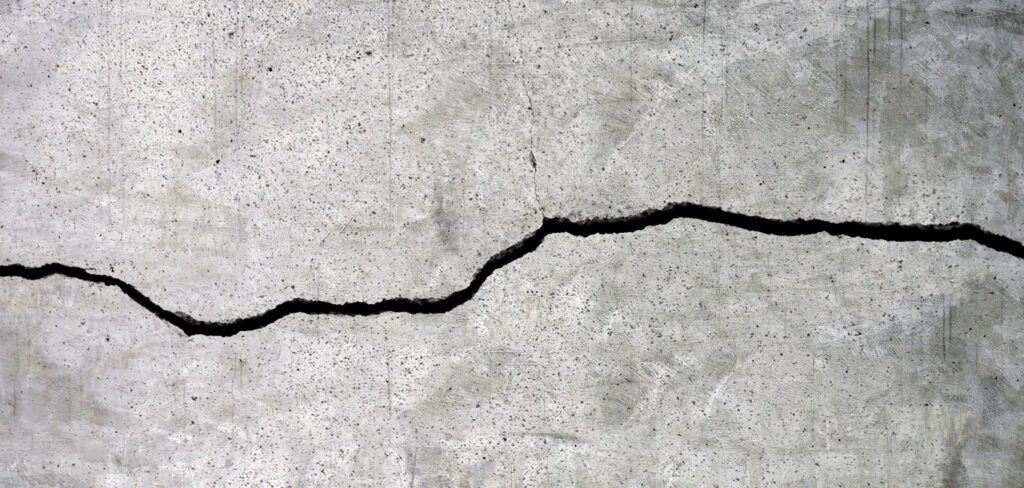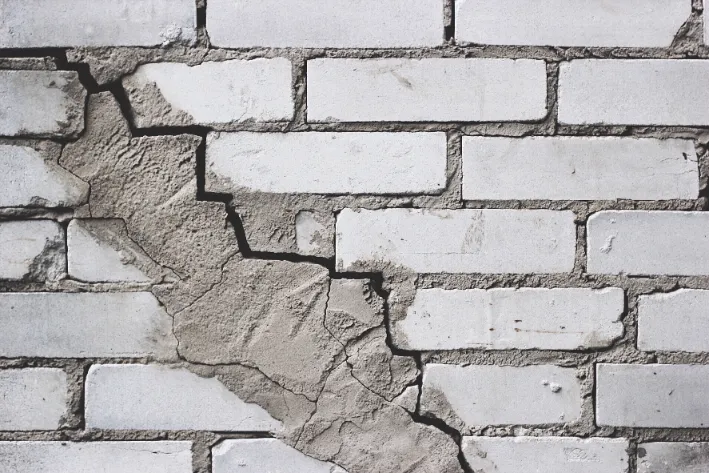Understanding Settlement Cracks in Foundations: A Guide for Homeowners Nationwide
Settlement cracks in foundations are a common issue that homeowners face as their properties age, whether you’re on the coast, in a valley, or anywhere in between. While these cracks may start small, they can indicate underlying problems that, if left unaddressed, lead to major structural issues and costly repairs. Because foundation issues are broadly similar across the country, this guide is designed to help homeowners everywhere understand the causes and solutions for foundation settlement.
At Piers and Piles, we specialize in tackling these problems with tailored solutions for Long Island, Brooklyn, and Queens. Our expertise in New York’s unique soil conditions ensures that your foundation remains secure, no matter the challenge.
Stop Foundation Issues Early – Book Your Free Inspection Today!

What Are Settlement Cracks in Foundations?
Settlement cracks are fissures that appear in the foundation walls of a home due to the settlement of the foundation itself. They typically manifest as vertical or diagonal cracks that can widen over time. While not all settlement cracks indicate severe issues, they can be signs of underlying problems that may compromise the integrity of the structure, and at that point, foundation support measures are needed to correct the problem.
What Causes Settlement Cracks in Foundations?
While the causes of foundation settlement are similar across the country, here’s how they affect homeowners, including those in Long Island and coastal New York:
- Soil Conditions: From the expansive clays of the Southwest to the sandy soils of Long Island, soil type is critical. In New York’s coastal regions, foundations often face challenges from clay soils that expand and contract, causing uneven settling.
- Water Movement: Whether you’re dealing with heavy rains in Brooklyn or droughts elsewhere, improper drainage can lead to serious settlement issues. In coastal New York, poor drainage and frequent flooding can erode the soil, while dry periods create voids beneath the foundation.
- Construction Quality: Homes across the country can suffer from poor construction practices, but in regions like Queens, where rapid development is common, footing issues and poor soil compaction can cause foundations to settle unevenly.
- Tree Roots and Vegetation: From tree-lined streets in Brooklyn to suburban homes in Patchogue, tree roots draw moisture from the soil, leading to shrinking and cracking foundations.
For over 20 years, Piers and Piles has provided Long Island, Brooklyn, and Queens with expert solutions for foundation settlement. Whether you’re facing soil instability, erosion, or water issues, we deliver proven methods to ensure your home is supported for the long term.
Is Foundation Settlement Normal?
Foundation settlement is common and can occur as the soil beneath a structure compresses or shifts. While minor settlement is typical and often harmless, excessive or uneven settlement can indicate more significant issues. It’s essential to monitor changes, such as cracks in walls or sloping floors, as these can signal a need for foundation repair to prevent further damage. Regular inspections help detect problems early.
How to Identify Settlement Cracks in Foundations
Settlement cracks are one of the most visible signs that your foundation is shifting, but there are other important indicators to watch for as well, such as sloping floors, sticking doors or windows, and water seepage. Identifying these issues early can help prevent further damage to your home.
Here’s a quick guide to identifying common settlement cracks:
- Vertical Cracks
- Diagonal Cracks
- Horizontal Cracks
While these are just some of the common indicators of foundation settlement, recognizing all the signs can help you stay ahead of potential issues. To learn more about the full range of warning signs and how to address them, check out our detailed guide on Signs of Foundation Settlement. It dives deeper into what to watch for and when to take action.
Types of Foundation Settlement
There are two main types of foundation settlement that homeowners should be aware of:
- Uniform Settlement: This occurs when a foundation settles evenly across its entire surface. It can often be more manageable as it typically does not result in significant structural damage.
- Differential Foundation Settlement: This type of settlement happens when different parts of a foundation settle at varying rates. It can lead to major structural issues like cracks, leaning walls, and even partial collapse if not addressed promptly.
- Shallow Foundation Settlement Analysis: This involves evaluating how a shallow foundation performs in response to settlement. Methods to assess this include geotechnical evaluations and monitoring changes in crack patterns over time.
Some level of foundation settlement is normal, especially in new constructions as the soil compacts around the foundation. However, it’s important to differentiate between typical and problematic settlement. Generally, a few cracks may be acceptable, but if they widen or if numerous cracks develop, it may signify that there is a more serious issue at hand.
Types of Settlement Cracks and What They Mean for Your Home
Settlement cracks vary in size, direction, and severity, and each type can give you clues about what’s causing the foundation to shift and what kind of damage could follow. Here’s a closer look at the different types of cracks, how they form, and the potential risks they pose:

Vertical Cracks
Often a result of uniform settlement, where the foundation sinks evenly across its surface.
- What It Means: These cracks are typically less severe but should still be monitored for growth. If they widen over time, it could indicate deeper soil instability.
- Potential Consequences: If left untreated, vertical cracks can allow water to seep in, leading to moisture issues in the basement or crawl space.

Diagonal Cracks
Diagonal cracks typically occur when different parts of the foundation settle at uneven rates (differential settlement). This uneven movement is often caused by shifting soils, poor drainage, or varying soil moisture levels.
- What It Means: These cracks are more serious and suggest that the foundation is settling unevenly, which can lead to further structural stress.
- Potential Consequences: As the foundation continues to shift, you may notice doors and windows becoming difficult to open or close, as well as misaligned walls and floors.

Horizontal Cracks
Horizontal cracks are usually caused by excessive pressure against the foundation wall, often from water buildup or expansive soils pushing inward.
- What It Means: Horizontal cracks are a red flag for serious foundation problems, especially in homes near water or with poor drainage systems.
- Potential Consequences: These cracks can lead to major structural instability, increasing the risk of walls bowing or collapsing if not addressed.

Stair-Step Cracks
Commonly seen in brick or masonry, stair-step cracks follow the mortar lines in a step-like pattern. These are typically caused by differential settlement or soil movement beneath the foundation.
- What It Means: Stair-step cracks are often a sign of uneven settling and indicate that the foundation is struggling to support the weight of the home.
- Potential Consequences: Ignoring stair-step cracks can lead to severe structural issues, including significant damage to the home’s exterior walls and internal framework.
Repairing Foundation Settlement: How to Repair Foundation Settlement
Addressing foundation settlement requires professional assessment and repair methods tailored to the specific issues at hand. Here are some common repair techniques:
- Piering and Underpinning: This method involves installing steel helical piers beneath the foundation to stabilize it. It’s used when significant settlement has occurred and is effective for lifting the foundation back to its original position.
-
Ground Improvement Services: When the soil beneath a foundation is unstable, ground improvement techniques like poly foam chemical grouting can be used to reinforce the ground. These methods stabilize the soil by injecting materials into voids or weak areas, increasing the soil’s load-bearing capacity and preventing further settlement. This approach is less invasive and often more cost-effective than full underpinning.
House Foundation Settlement Repair Costs
The costs of repairing foundation settlement can vary widely depending on the severity of the issue and the methods used. Factors that influence pricing include:
- The extent of the damage and the type of repair method required.
- The geographical location and accessibility of the property.
- Whether additional issues, such as drainage problems, need to be addressed.
It’s advisable to obtain multiple quotes from reputable foundation repair specialists to assess the best course of action and associated costs.
Don't Ignore Settlement Cracks in Foundations! – Get a Free Foundation Inspection in New York Today!
Understanding settlement cracks and the risks they pose is essential to ensuring the safety and longevity of your home. By addressing foundation issues early, you can avoid costly repairs and prevent structural damage from escalating. Whether you’re noticing cracks in the walls or floors, or just have concerns about your foundation’s stability, taking action now is the best way to safeguard your property.
At Piers and Piles, we specialize in foundation repair across Long Island, Brooklyn, and Queens, offering expert solutions tailored to New York’s unique soil and weather conditions. Our team will assess your home and provide the most effective strategies to protect your investment for the long term.
Get Expert Foundation Solutions – Book Your Free Inspection Now!